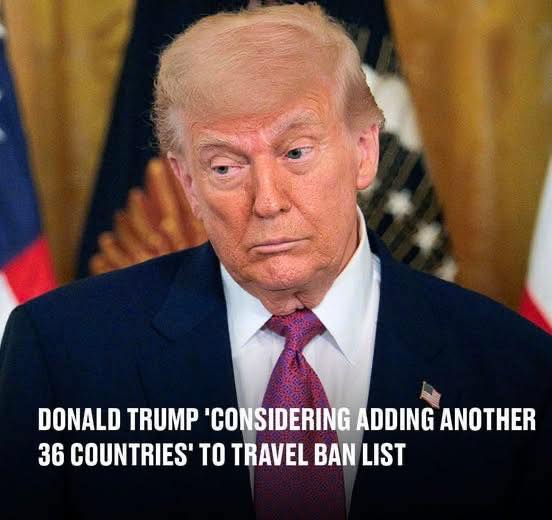
Trump Administration Reportedly Weighing Major Expansion of Travel Restrictions to Include 36 More Nations
The current administration’s approach to international travel and immigration continues to generate significant discussion as new policy considerations emerge. Recent developments suggest that existing restrictions may be subject to substantial expansion, marking a continuation of hardline immigration stances that have characterized the presidency since its inception.
The Foundation of Current Travel Restrictions
The roots of contemporary American travel restrictions stretch back to the initial presidential term, when sweeping changes to immigration policy first took shape. These early measures, implemented amid national security concerns and political promises to strengthen border controls, established a framework that would later be dismantled and subsequently reinstated with renewed vigor.
During the intervening years under different leadership, many of these restrictions were lifted or significantly modified, reflecting changing political priorities and diplomatic considerations. However, the return to power has brought with it a renewed commitment to what supporters describe as necessary security measures and critics characterize as discriminatory policies targeting specific regions and populations.
The current iteration of travel restrictions represents both a return to previous policies and an expansion beyond their original scope. Where earlier versions focused primarily on countries deemed to pose immediate security threats, the evolving approach appears to encompass broader geographic regions and different types of security concerns.
The justification for these measures continues to center on national security arguments, with administration officials citing the need to ensure proper vetting procedures and prevent potentially dangerous individuals from entering the country. These arguments have remained consistent across different implementations of travel restrictions, even as the specific countries and regions targeted have varied.
Understanding the Current Landscape
As it stands today, the United States maintains travel restrictions on nineteen countries through two distinct categories of limitations. The first category represents complete prohibitions on entry for most nationals from affected countries, while the second involves enhanced screening procedures and additional requirements that complicate but do not entirely prevent travel.
The twelve countries subject to complete travel bans represent a diverse geographic spread, including nations from Africa, Asia, the Caribbean, and the Middle East. This geographic diversity reflects what administration officials describe as a comprehensive approach to identifying security risks, though critics argue it demonstrates bias against particular regions and populations.
Afghanistan heads the list of completely restricted countries, a designation that has remained consistent across different policy iterations due to ongoing security concerns and the complex political situation following recent military developments. The inclusion of Afghanistan reflects broader challenges in establishing reliable vetting procedures for individuals from regions experiencing significant political instability.
Myanmar’s inclusion on the restricted list reflects concerns about political upheaval and the challenges of verifying individual backgrounds amid ongoing internal conflicts. Similar considerations apply to other African nations on the list, where political instability and limited governmental capacity to provide reliable documentation have raised vetting concerns.
Chad, the Republic of the Congo, and Equatorial Guinea represent African nations whose inclusion reflects what officials describe as inadequate information-sharing protocols and limited capacity for background verification. These designations have drawn criticism from African diplomatic communities and civil rights organizations who argue that such restrictions unfairly penalize entire populations for governmental limitations.





